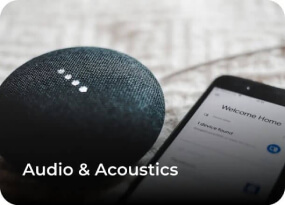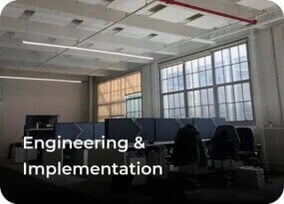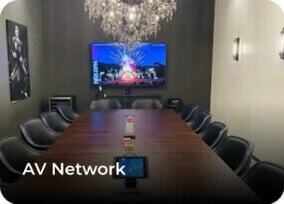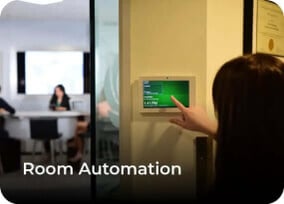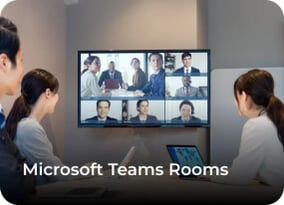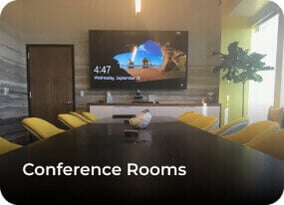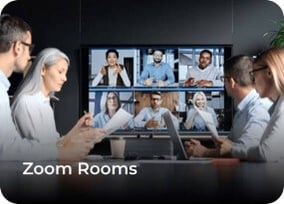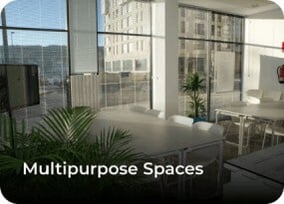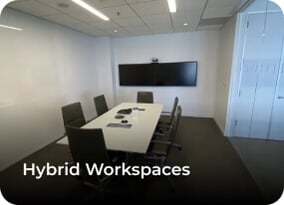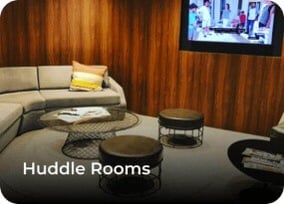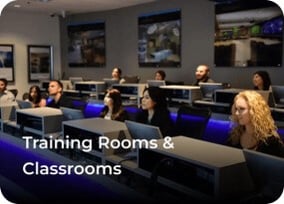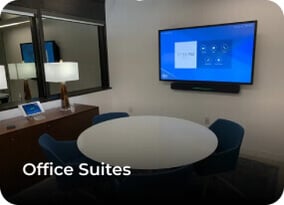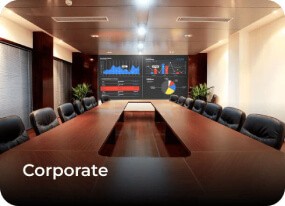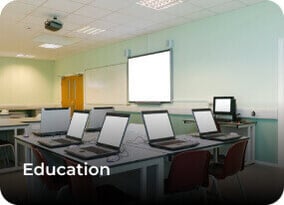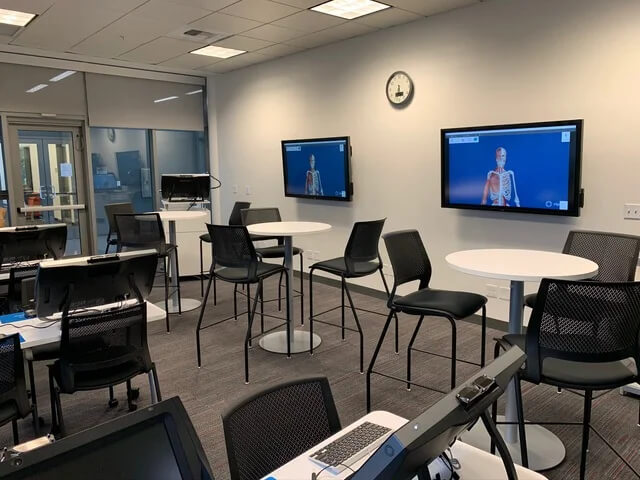- Home
- Industries
- Higher Education
Higher Education
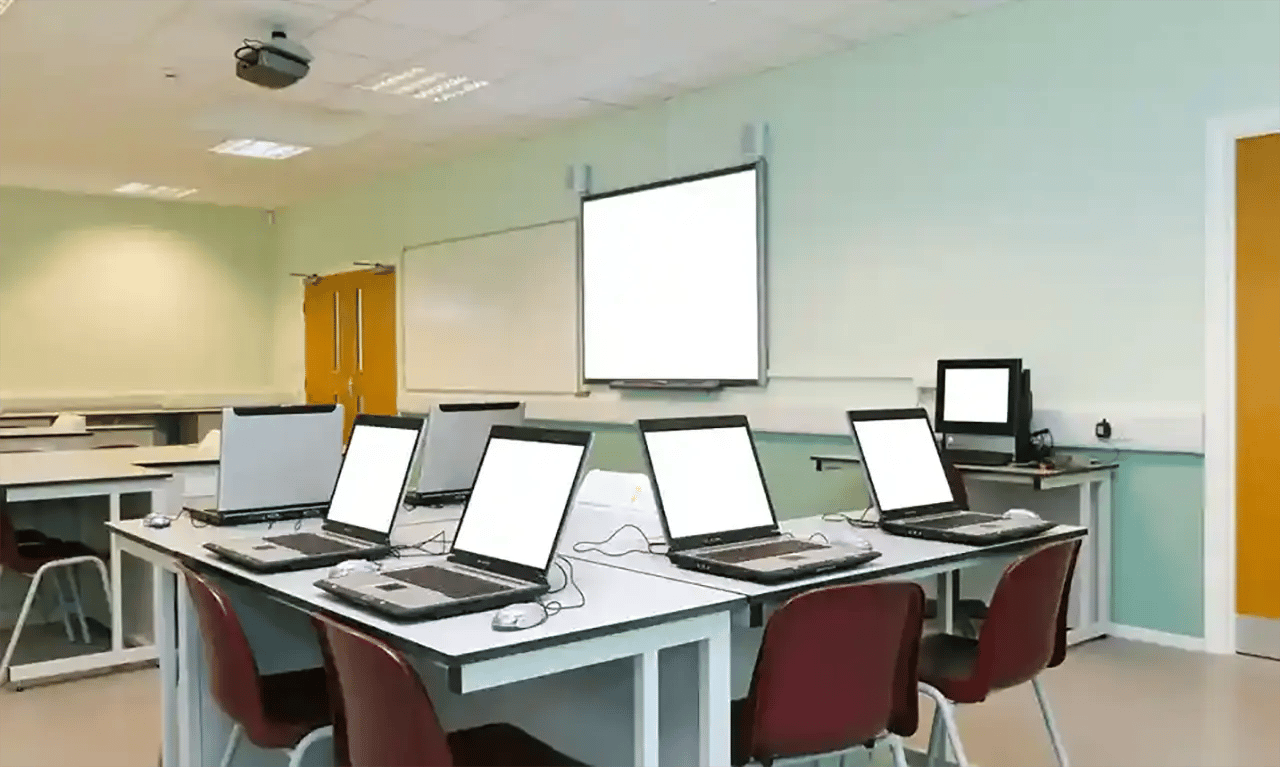
At AV Planners, we are proud to be a trusted leader in delivering audiovisual solutions for education, helping institutions of all sizes create more engaging, connected, and collaborative learning environments. With decades of experience, we understand the unique challenges and opportunities within the education sector and design technology solutions that empower both educators and students.
Transform Classrooms and Labs
We specialize in building interactive classrooms and laboratories equipped with smart boards, digital projectors, and high-performance audio systems. These technologies foster dynamic learning experiences, promote real-time collaboration, and make lesson delivery more impactful, whether for in-person or hybrid education models.
Multipurpose Rooms Made Smarter
Our flexible AV solutions for multipurpose rooms allow educational spaces to quickly adapt to a variety of needs, from lectures and workshops to performances and cultural events. We deliver versatile, user-friendly systems that maximize the functionality of every learning environment.
Campus-Wide Communication
Keeping your campus community informed is critical. AV Planners deploys digital signage solutions that provide real-time event updates, wayfinding, emergency notifications, and campus news. Our designs help enhance communication, safety, and community engagement across university and college campuses.
Trusted by Leading Educational Institutions
We are proud to partner with top universities, colleges, and private schools to deliver scalable, future-ready AV systems. Our experience and commitment to education have helped institutions modernize their facilities, elevate their teaching environments, and stay connected with students and staff.
Why Educational Institutions Choose AV Planners
-
Customized classroom AV designs for interactive learning
-
Scalable solutions for campus-wide AV needs
-
Hybrid-ready systems for flexible education delivery
-
Comprehensive support and training for faculty and staff
-
Reliable, future-proof technologies that grow with your institution
Empower your campus with technology that enhances education, fosters collaboration, and builds stronger communities. Partner with AV Planners to bring innovation into every classroom, lecture hall, and student space.
Portfolios in Education
American Career
American Career College and West Coast University are private vocational colleges dedicated to healthcare training...
Get closer to your goal now
Schedule a consultation for cost and timeframe details.
